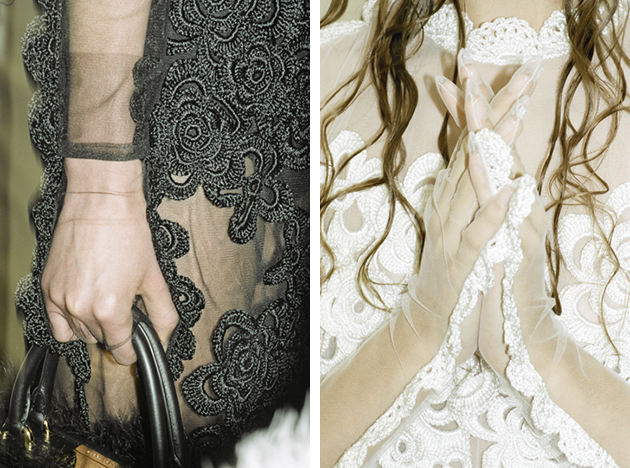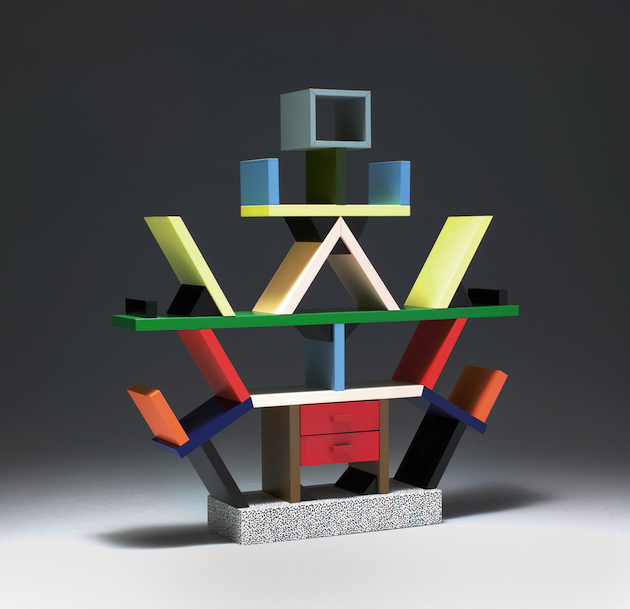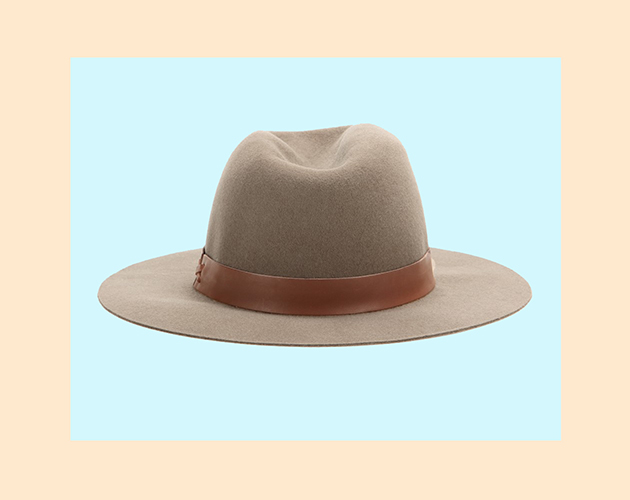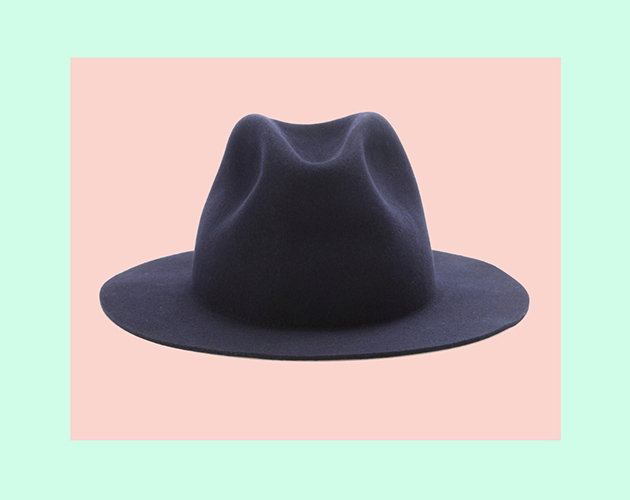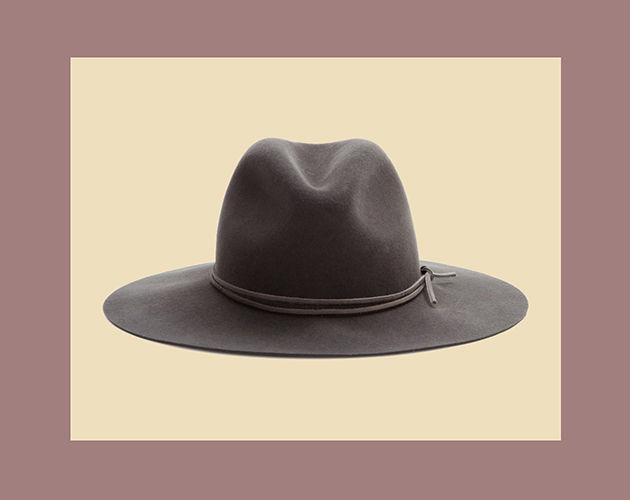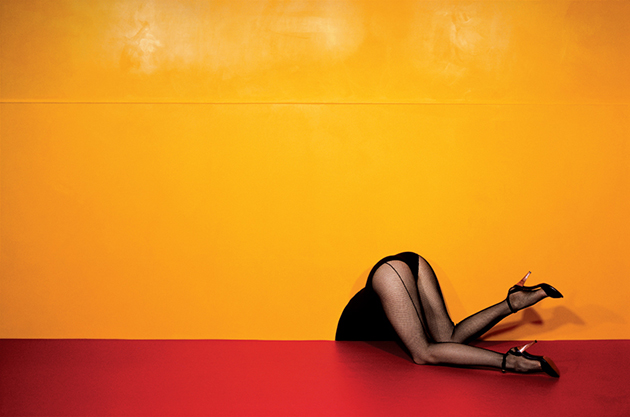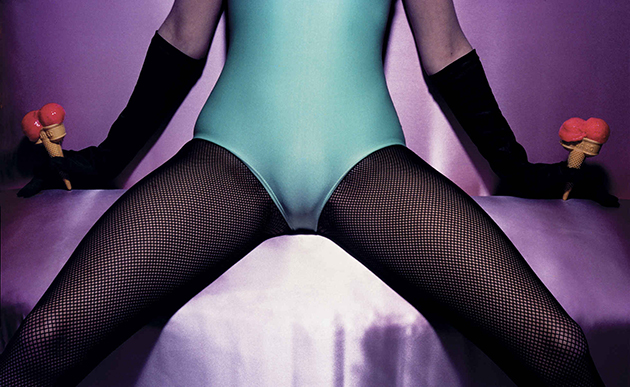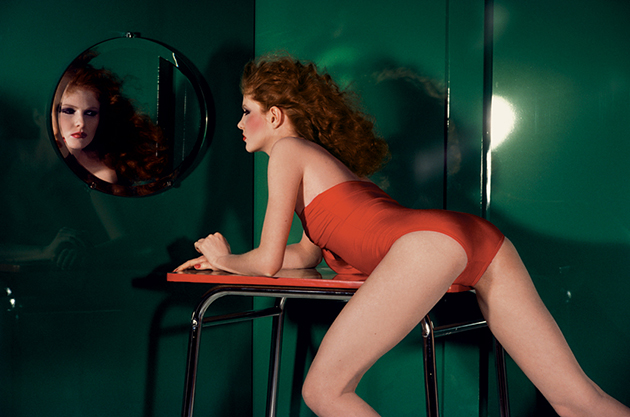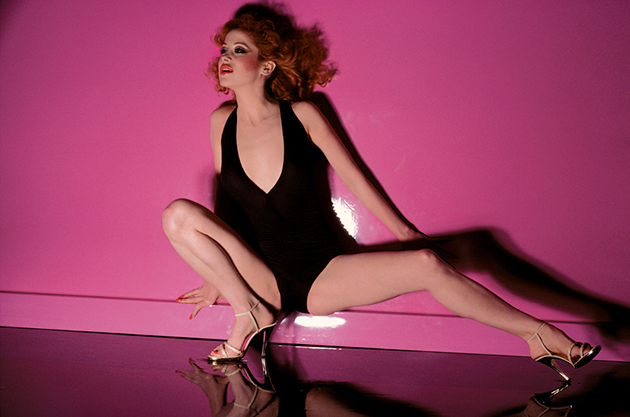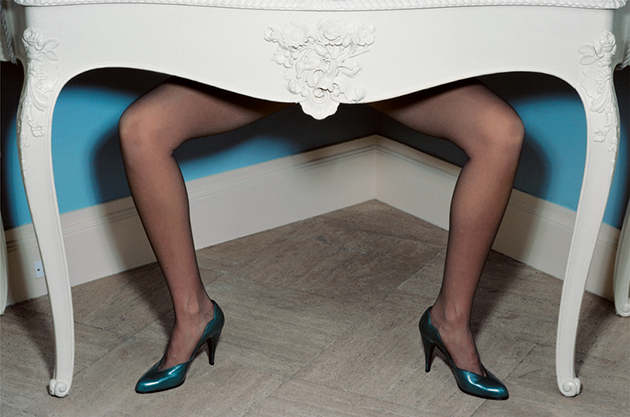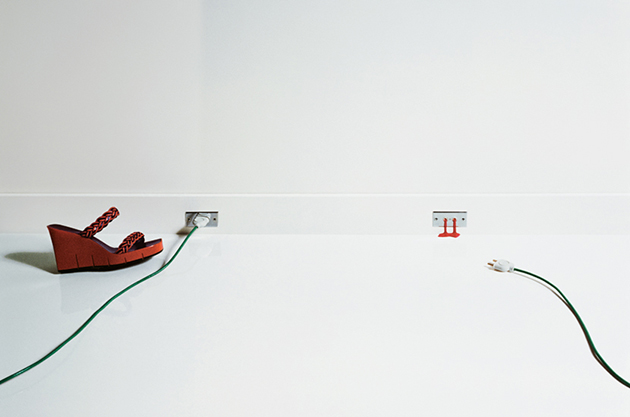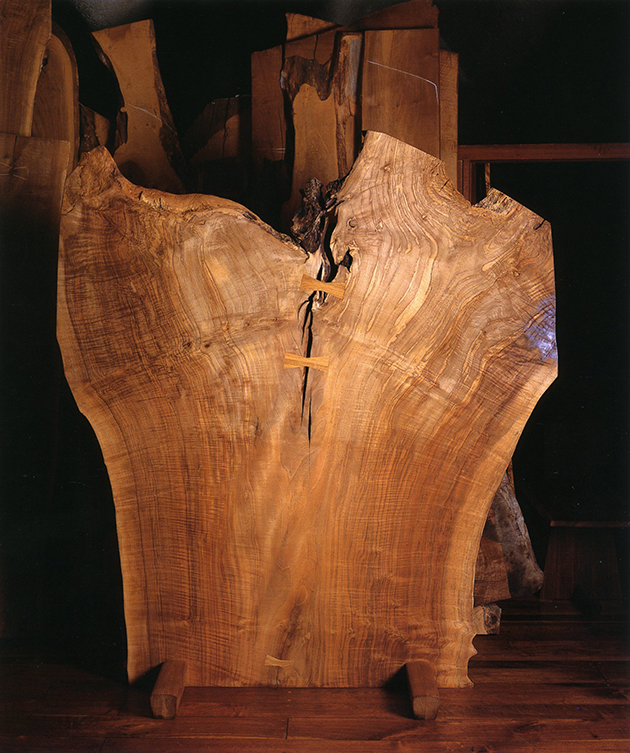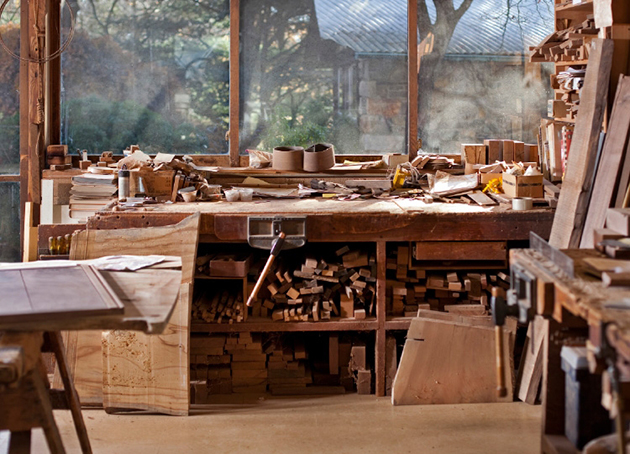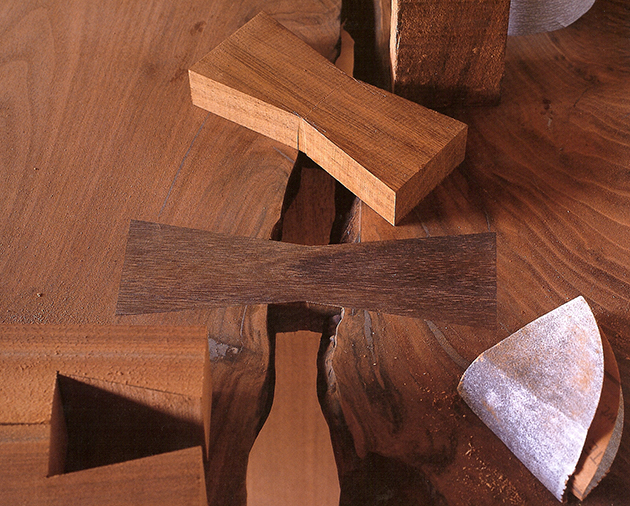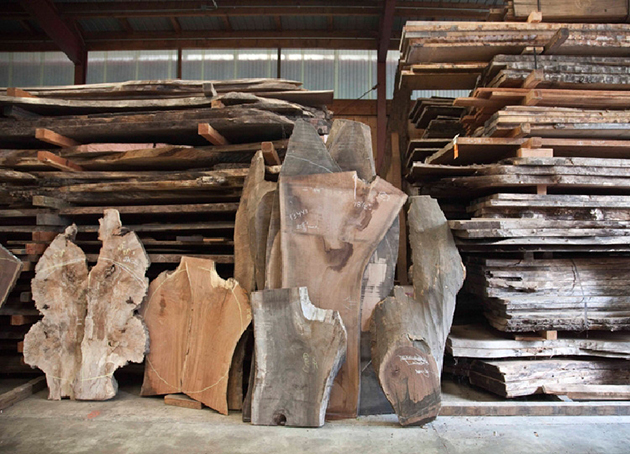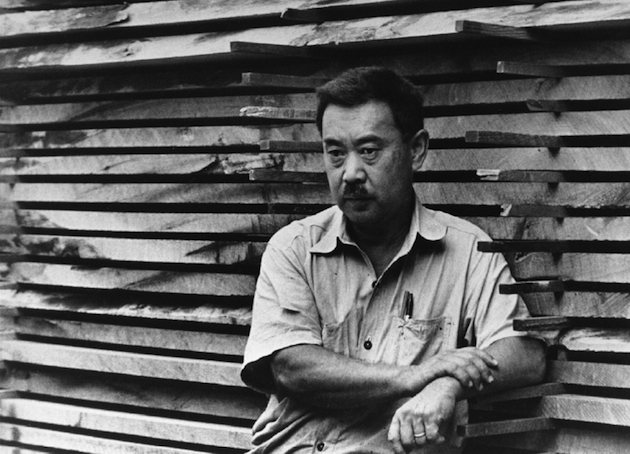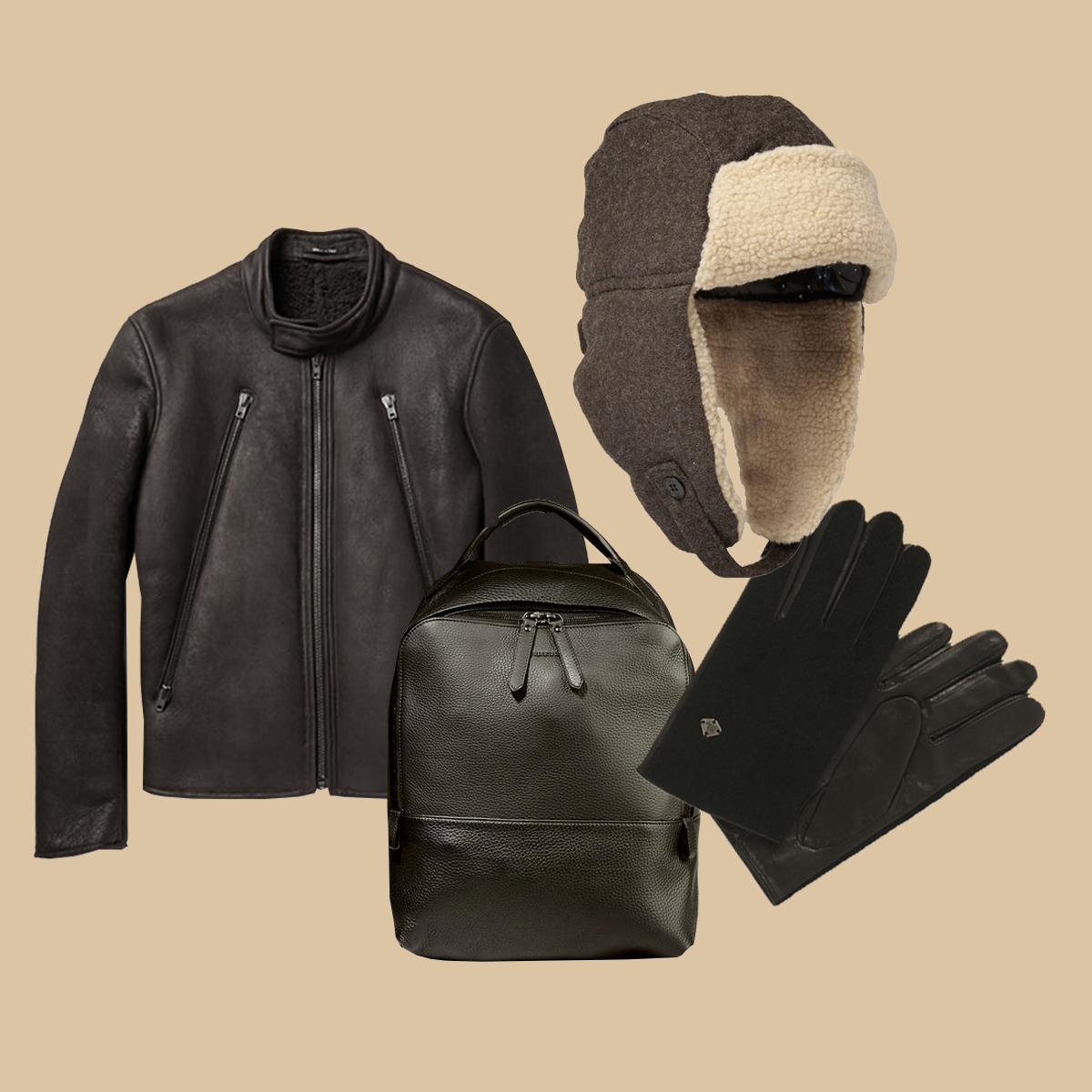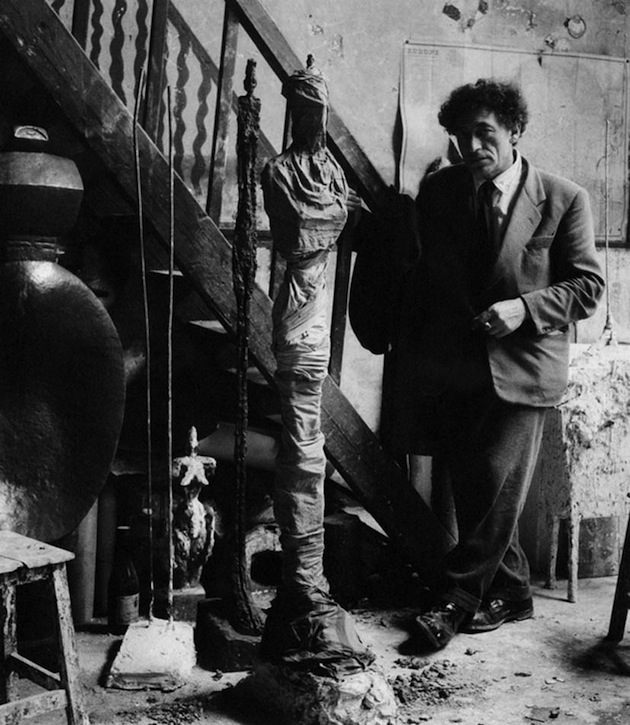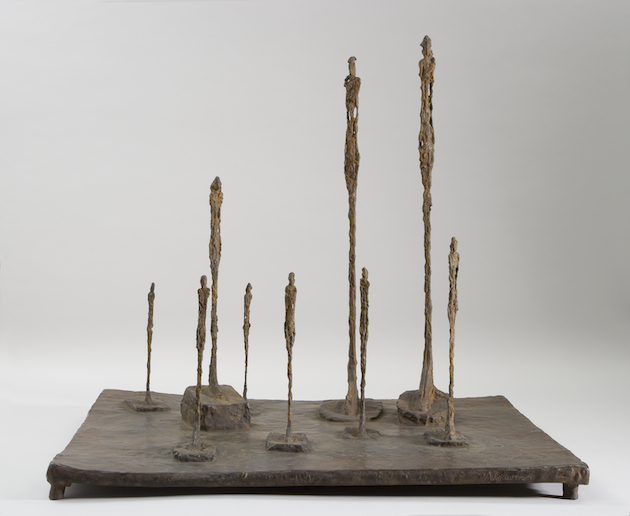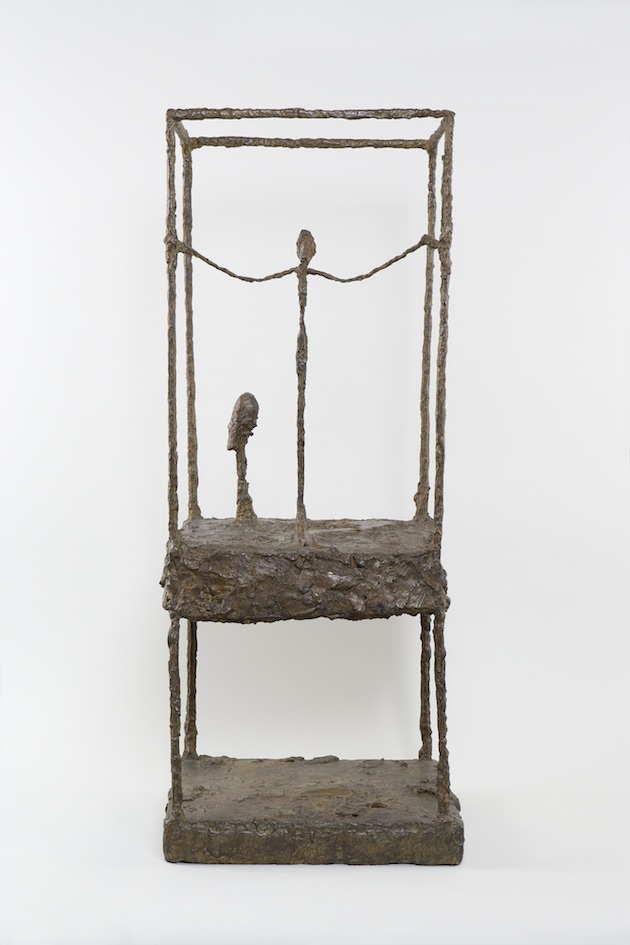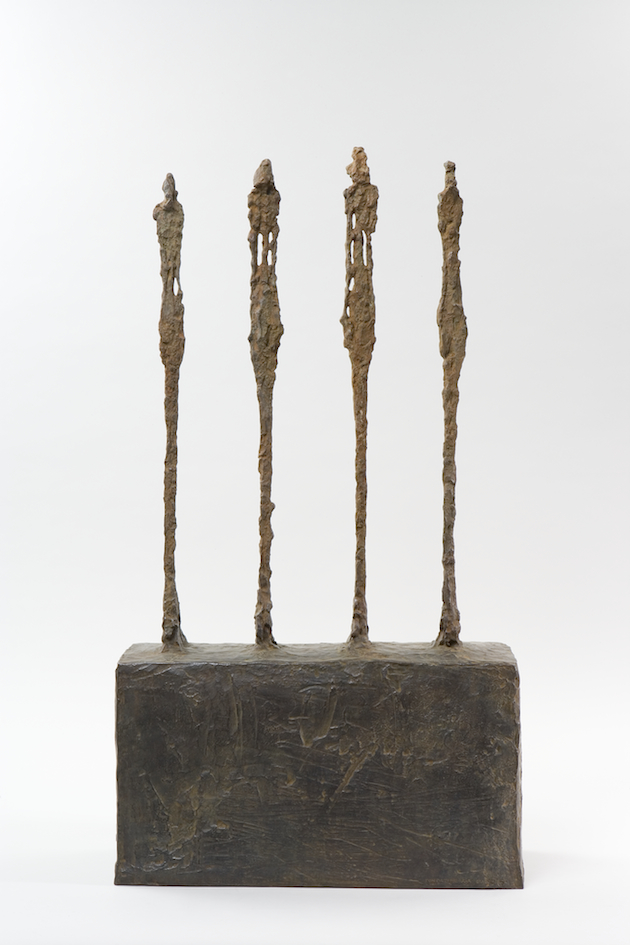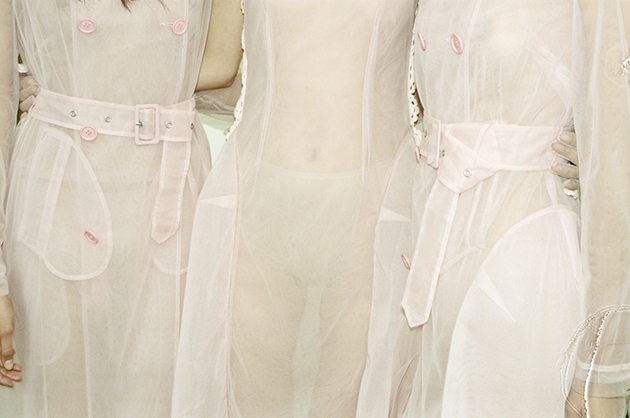
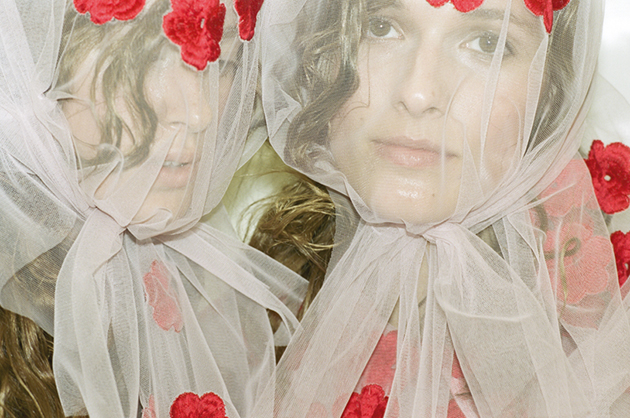
Simone Rocha, the Dublin-born designer and Central Saint Martins graduate, showed a new side of her designer self when her Spring 2015 collection was sent down the runway. Simone Rocha’s design aesthetics is known for being both romantic and down to earth in quite a unique way. She lets her choice of fabrics, layering skills, eye for details and great cuts, speak for themselves, finding a way to create romantic pieces without the risk of overdoing it. The natural colour scheme and clean styling gives her design a much deeper and darker appearance, while remaining beautiful and sweet in an edgy rather than princess-y way.
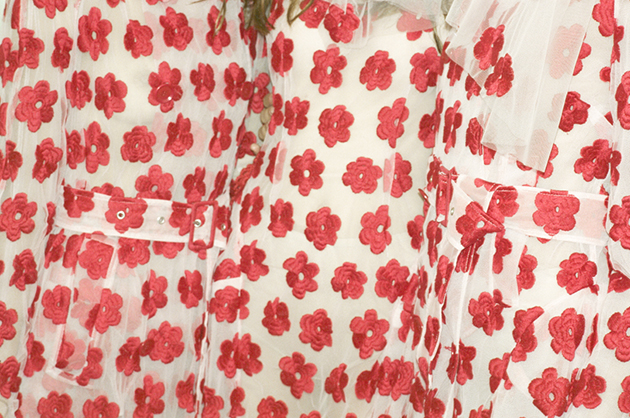
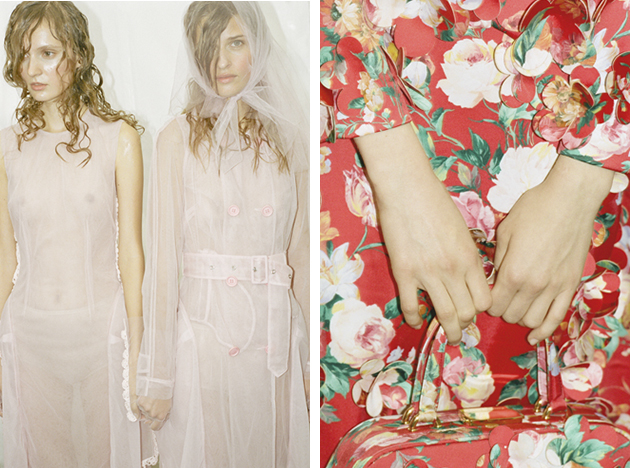
Nevertheless, for her Spring 2015 collection, Simone took a step out of her comfort zone, including a couple of pieces with patterns in eye-catching colours. Challenging herself to push the boundaries of her own work, yet framing it within within her own peculiar aesthetics, the resulting pieces were distinctly ‘Rocha’ yet offered a new glimpse into her way of understanding fashion research. In Rocha’s collections, deliberately feminine pieces – such as red flowers – are knowingly combined into bold collections which are bolder, subtly ironic and ultimately, carefree. But, the most important element in Simone Rocha’s work is knowing who she is as a designer and how to take on a challenge without losing herself.
